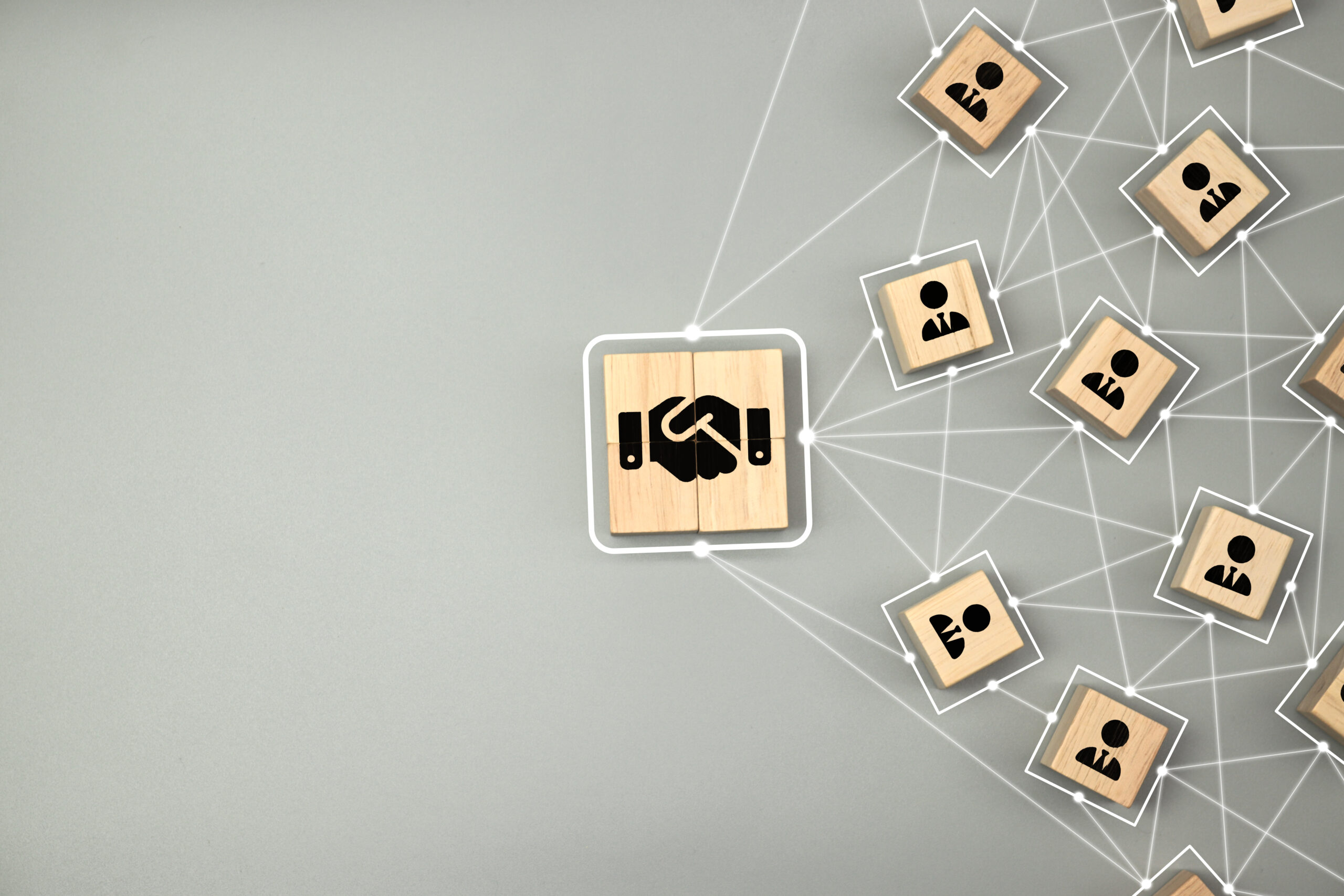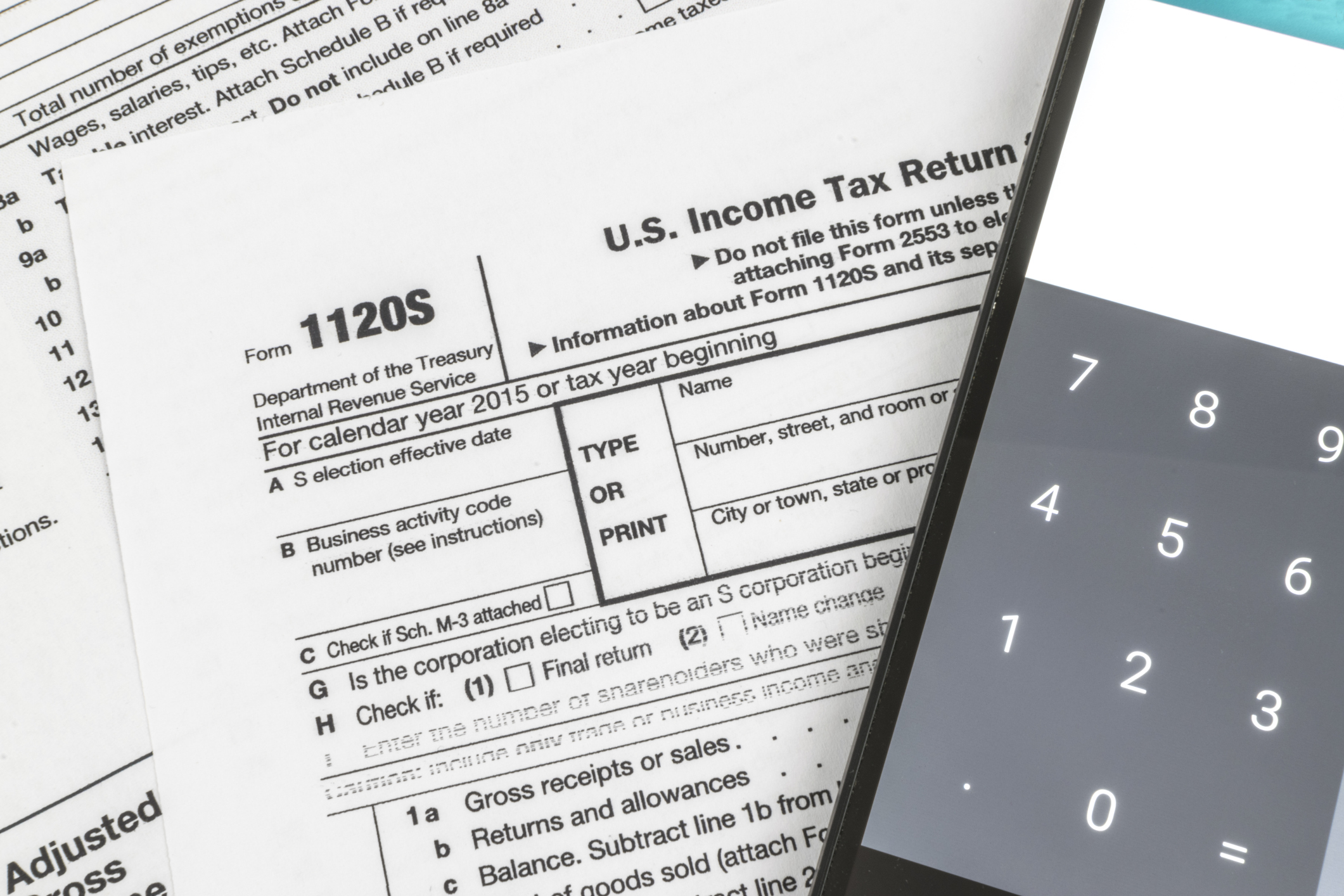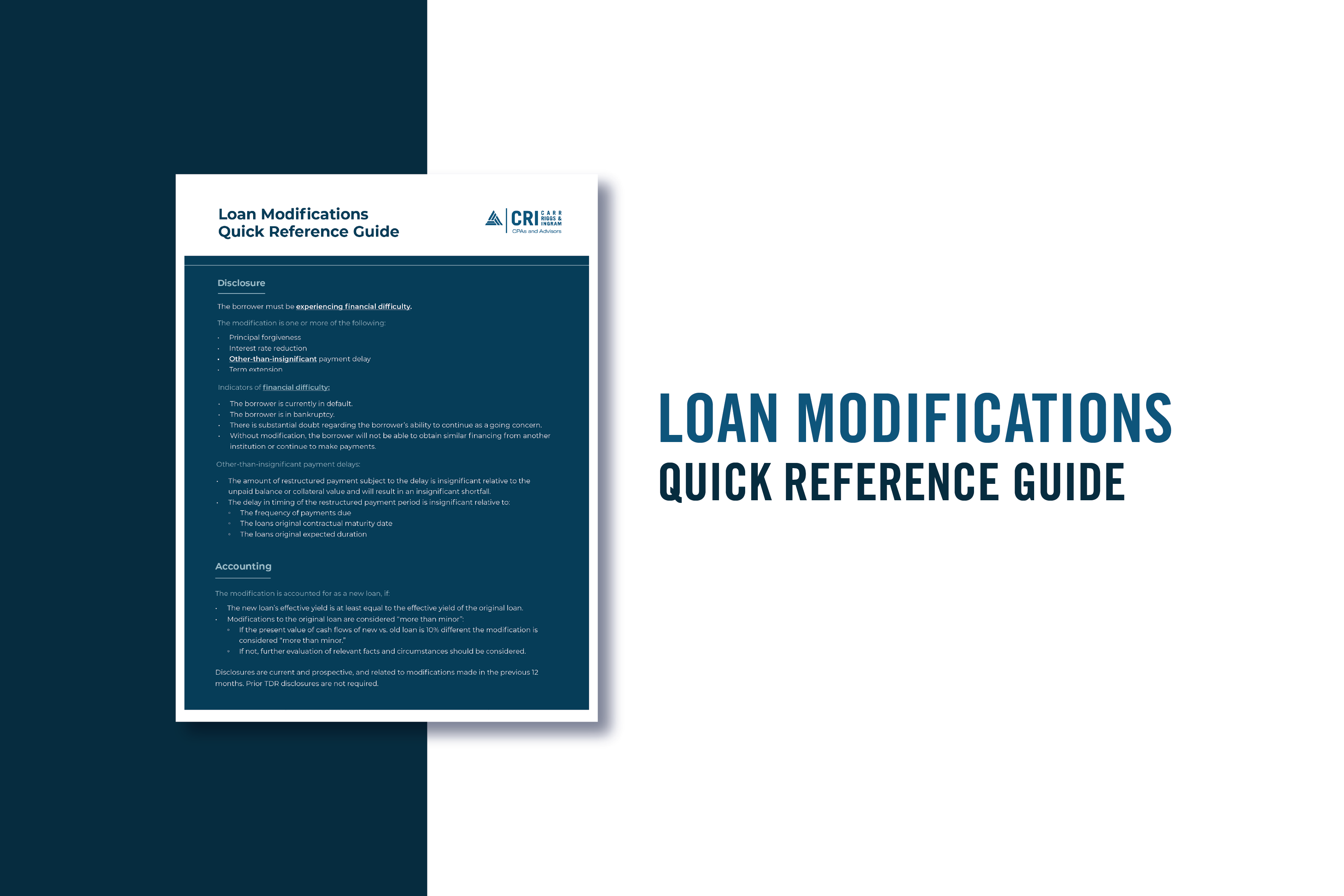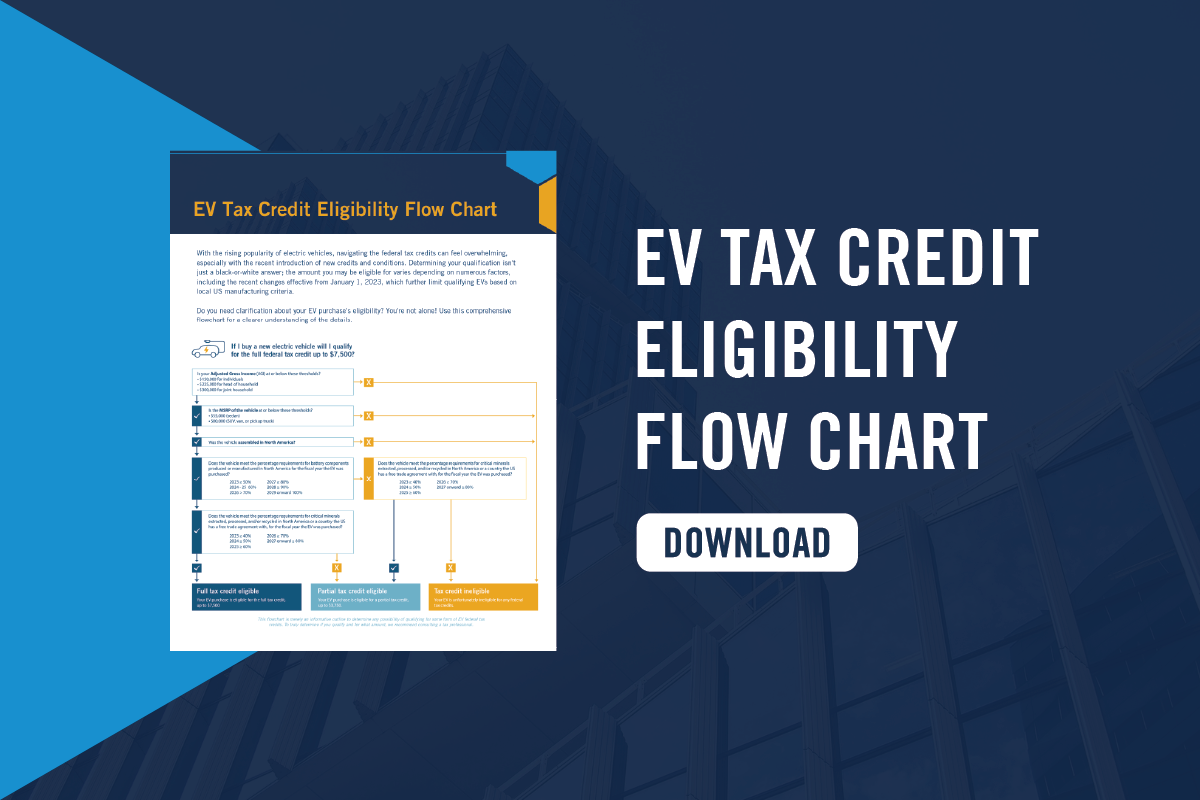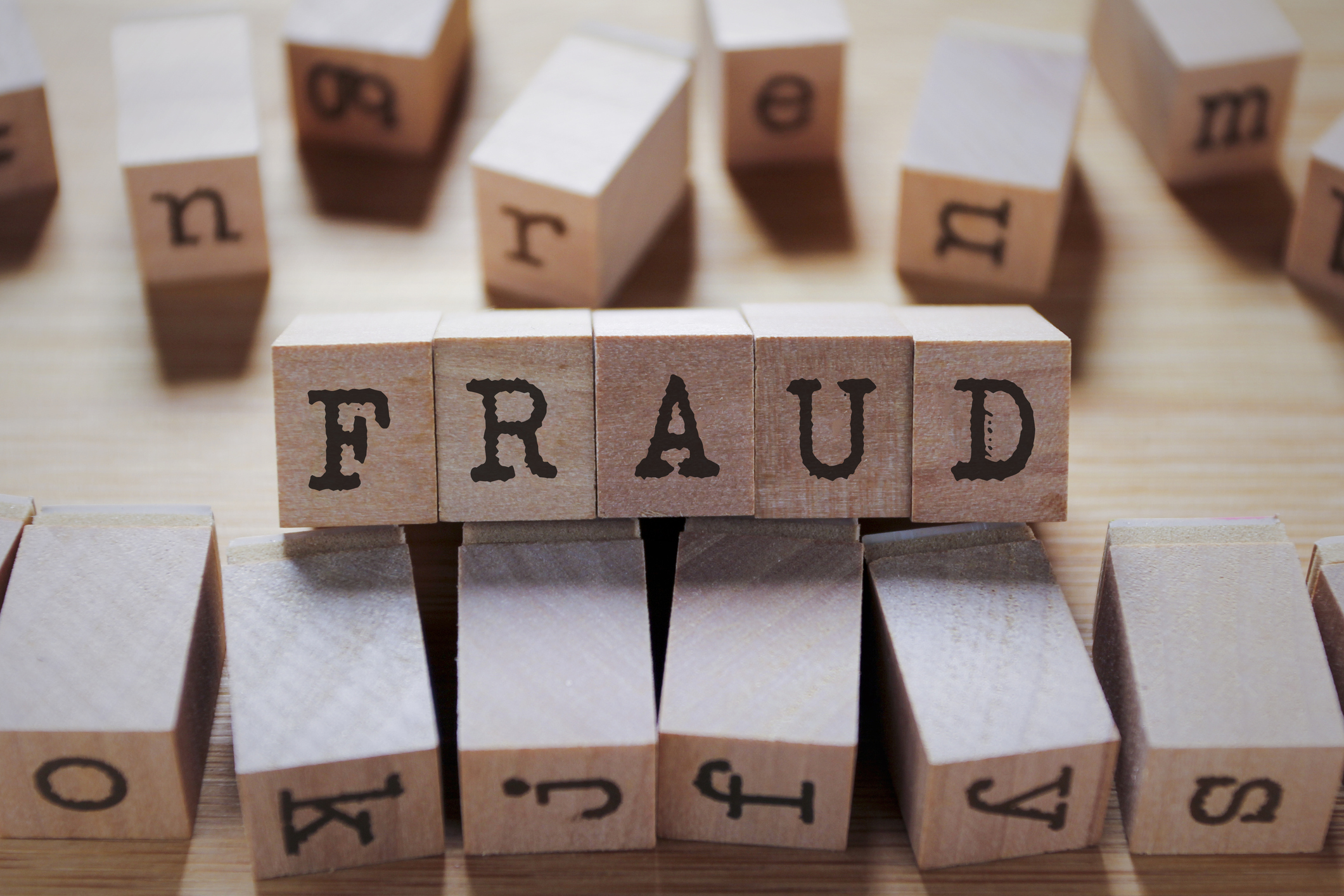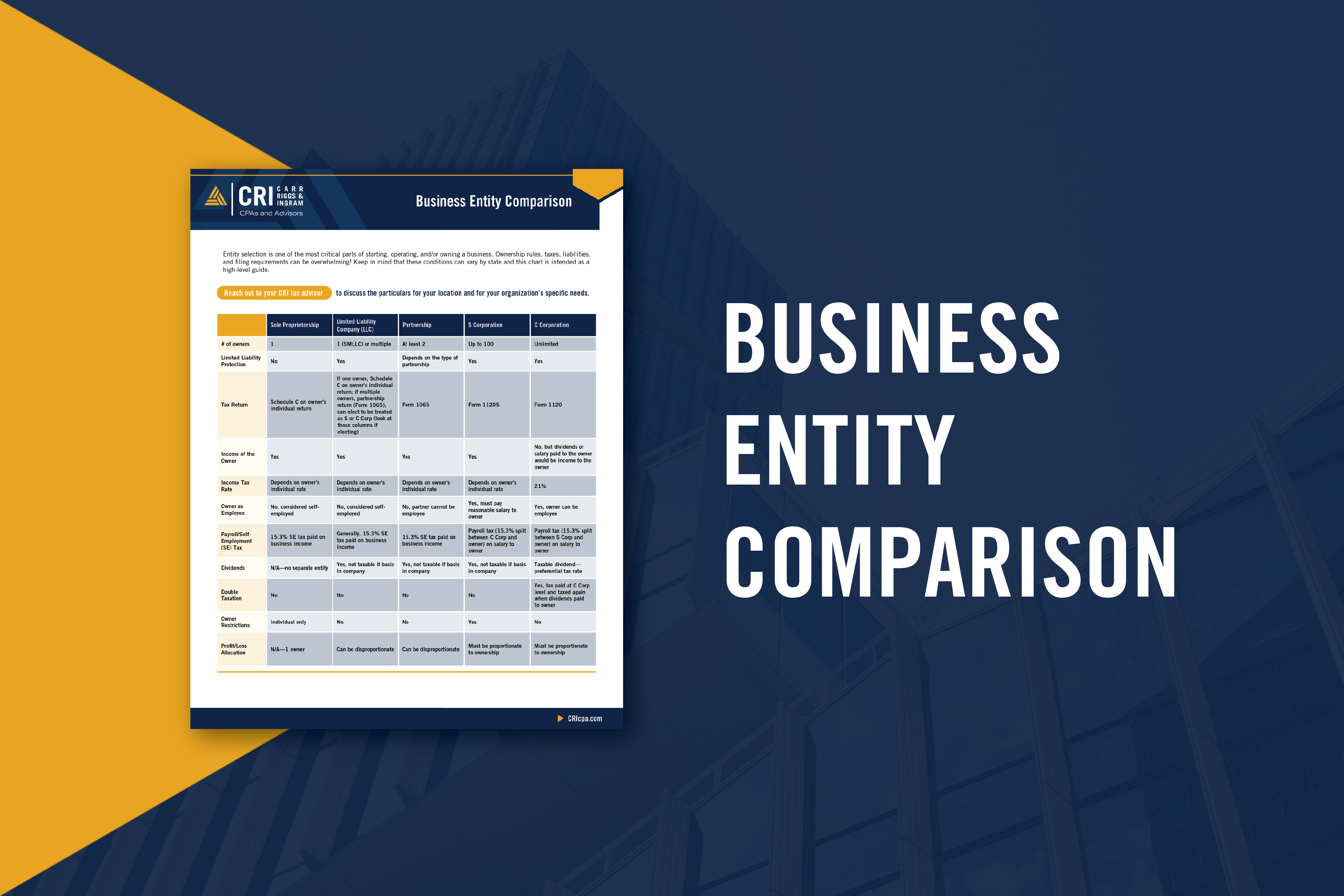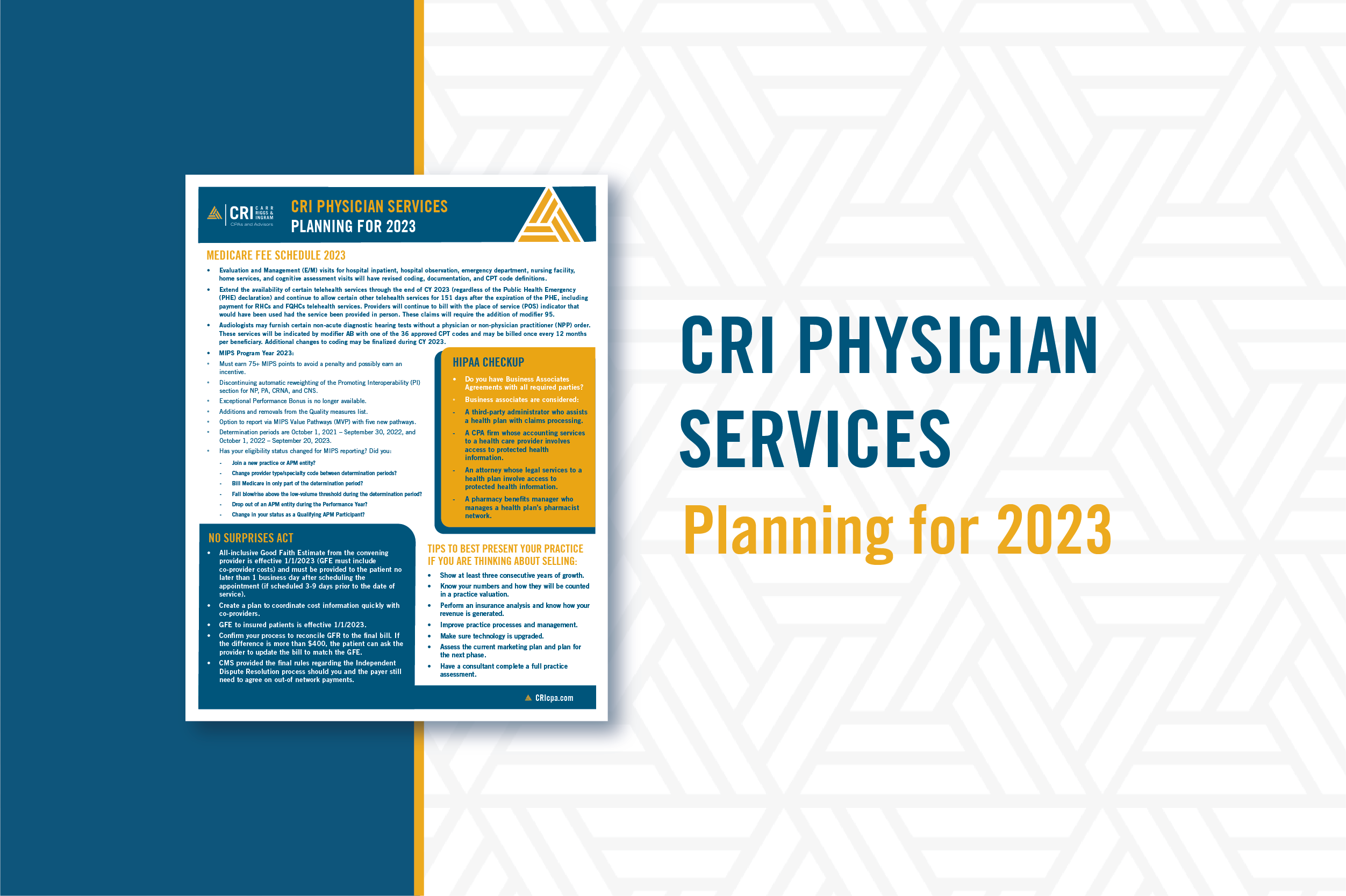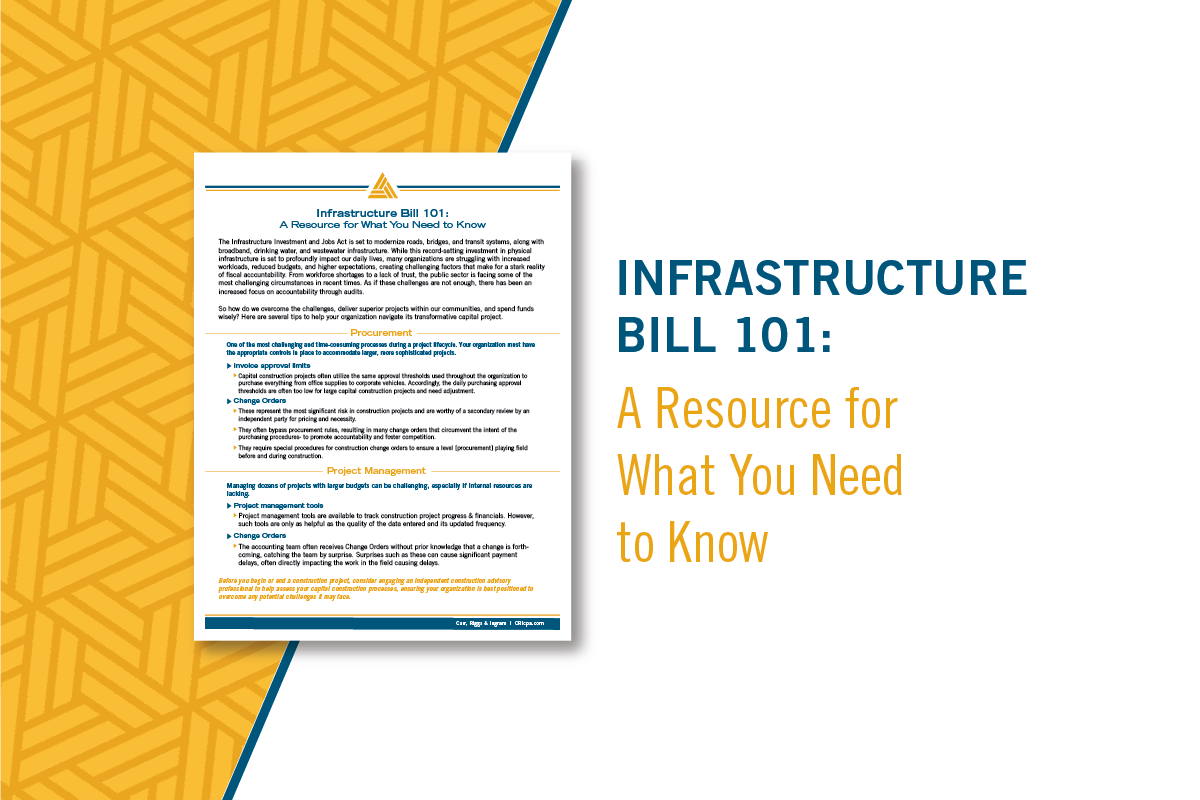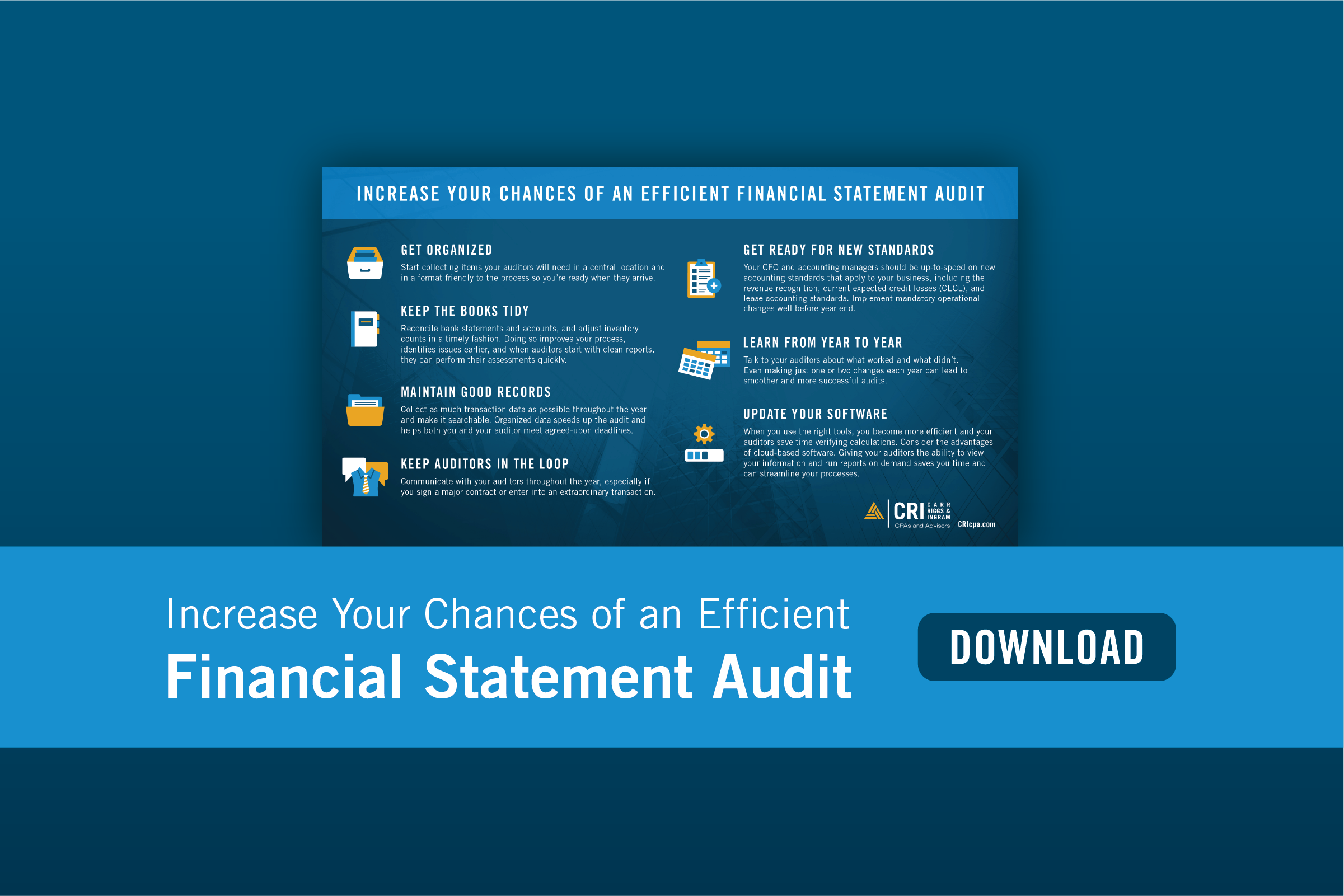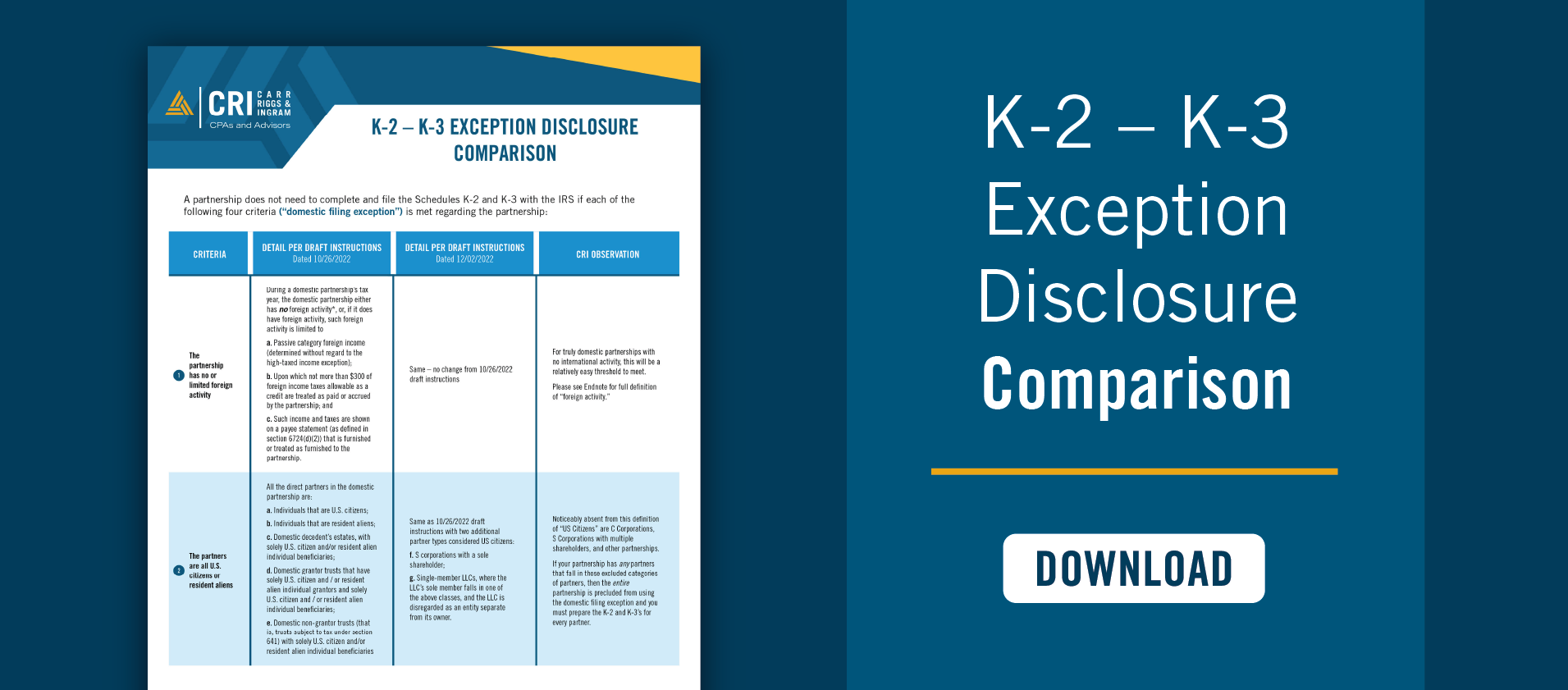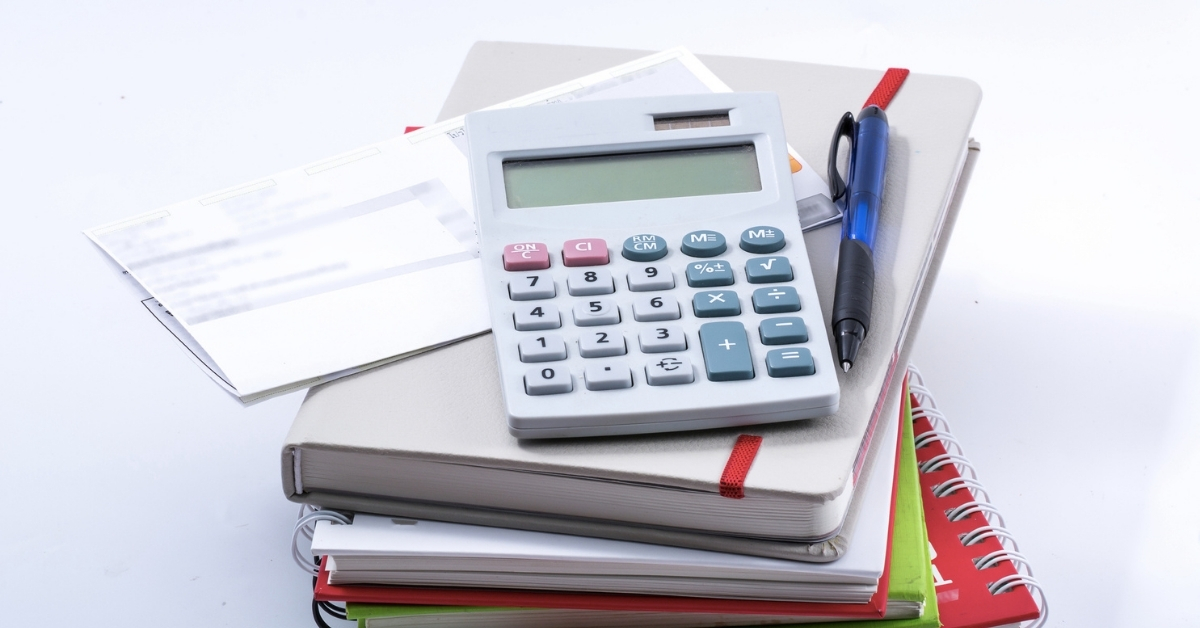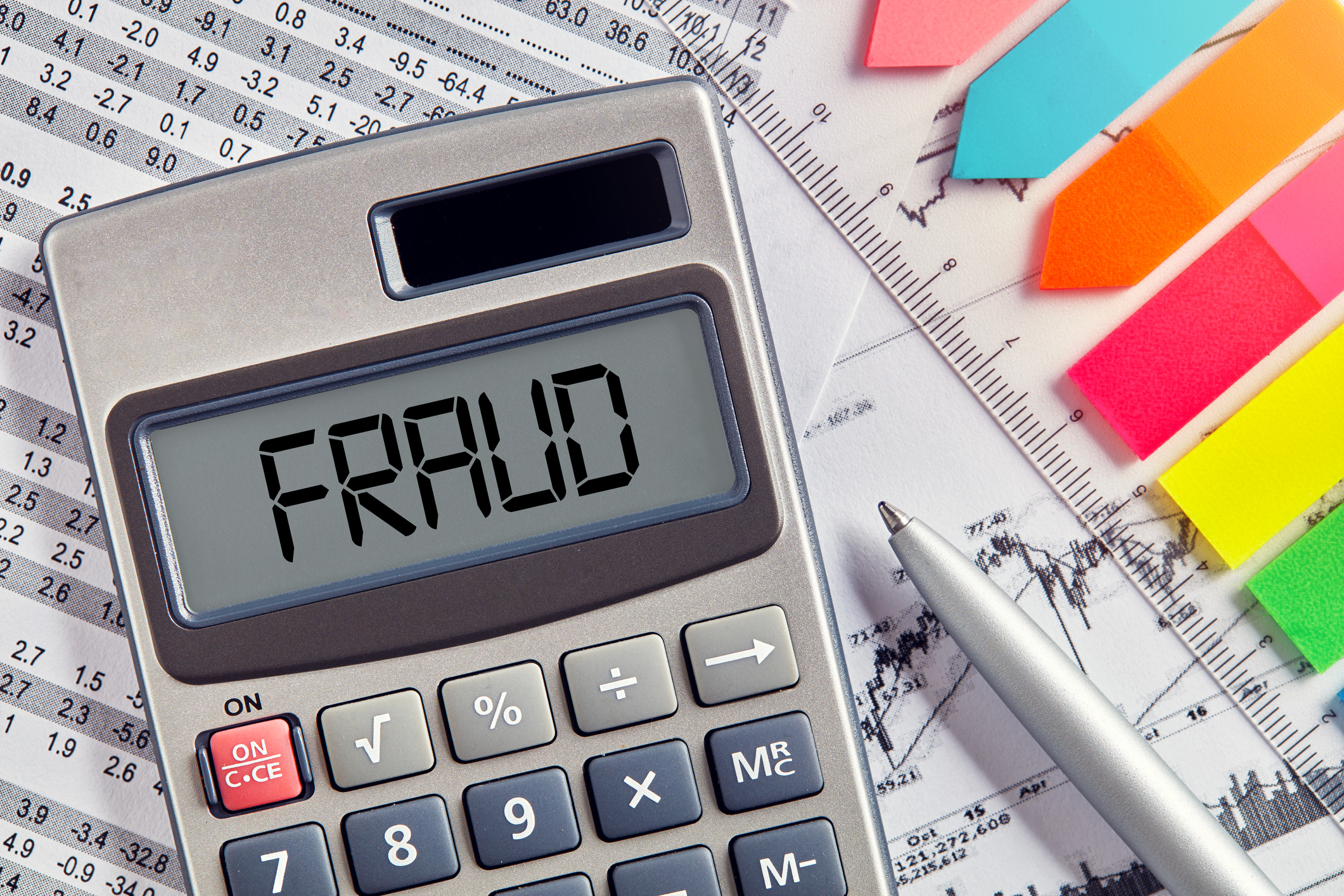You Could Owe “Nanny Taxes” Even If You Don’t Have Kids
Mar 8, 2022
You probably don’t think of your cook or housekeeper as a nanny, but these workers may trigger “nanny tax” obligations just the same. Taxes for household employees cover many types of service providers: gardeners, cooks, healthcare workers, babysitters, housekeepers — and, of course, actual nannies. To stay in the good graces of the IRS, it’s important to understand who is covered and learn the “nanny tax” rules.
Contractor or Household Employee?
Working in your home doesn’t automatically transform a service provider into a household employee for whom you must pay taxes. Hiring an occasional babysitter, for example, usually doesn’t create nanny tax obligations.
The relationship between you and your service provider matters more than the specific service. Hiring an independent contractor does not create tax consequences for you. It’s only when the service provider is considered a household employee that nanny taxes come into play.
However, getting this critical distinction right isn’t always easy. If there’s any question, consult a qualified tax professional to confirm the answer.
Taxes for Household Workers
Your obligations for household employees can include up to three different kinds of tax:
Federal Insurance Contributions Act (FICA) taxes. You must withhold and pay FICA taxes (Social Security and Medicare) if your household employee’s cash wages reach a specified threshold (for 2021 it’s $2,300, rising to $2,400 in 2022). If your total payments during the year reach or exceed the threshold, you must pay the employer’s share of Social Security taxes (6.2%) and Medicare taxes (1.45%) on the employee’s cash wages (but not on meals, lodging, or other noncash wages). You are also responsible for withholding the employee’s share of these taxes (also 6.2% and 1.45%, respectively). Alternatively, you may choose to pay the employee’s share rather than withholding it.
There’s an exception for some workers, though. If the wages you pay go to certain family members or to employees under 18 whose principal occupation is not working for you (a babysitter who’s in high school, for example), then you are not liable for paying or withholding FICA taxes.
Unemployment taxes. If you pay total cash wages of $1,000 or more in any quarter in the current or preceding calendar year to household employees (other than certain family members), then you must pay federal unemployment tax (FUTA). The tax applies to the first $7,000 of an employee’s cash wages at a 6% rate, although credits reduce that rate to 0.6% in most cases. Some states also have state unemployment taxes or workers’ compensation insurance requirements for household employers.
Income tax. If a household employee asks you to withhold federal or state income taxes from their pay, you can agree to do so. In most states, however, you have the option to decline the request. If you do agree to such a request, you’ll need to have the employee complete Form W-4. Then, you should withhold income taxes on both cash and noncash wages (other than certain meals and lodging).
Reporting and Paying Taxes as a Household Employer
Generally speaking, you don’t need to file quarterly employment tax returns for household employees the way a business does. Most filers can just report household employment taxes on Schedule H of their personal income tax return each year. If you own a business as a sole proprietor, you may add the taxes for household employees to the deposits or payments you make for your business employees and include household employees on Forms 940 and 941.
Even if you report household employment taxes on Schedule H, you’re still responsible for paying the tax throughout the year. You can make timely payments either through quarterly estimated tax payments or by increasing withholdings from the wages you pay. If you don’t, you’ll have to pay the tax when you file your return and be subjected to penalties for underpayment of estimated tax.
Taxpayers who are required to withhold FICA taxes or agree to withhold income taxes for a household employee must also file Form W-2 to report these wages and taxes.
Other Employer Responsibilities
As an employer, you may have other obligations in addition to the tax requirements discussed above. These may include complying with minimum wage and overtime requirements, documenting immigration status, and meeting local laws. Contact your CRI tax advisor to make sure you’re in full compliance.


